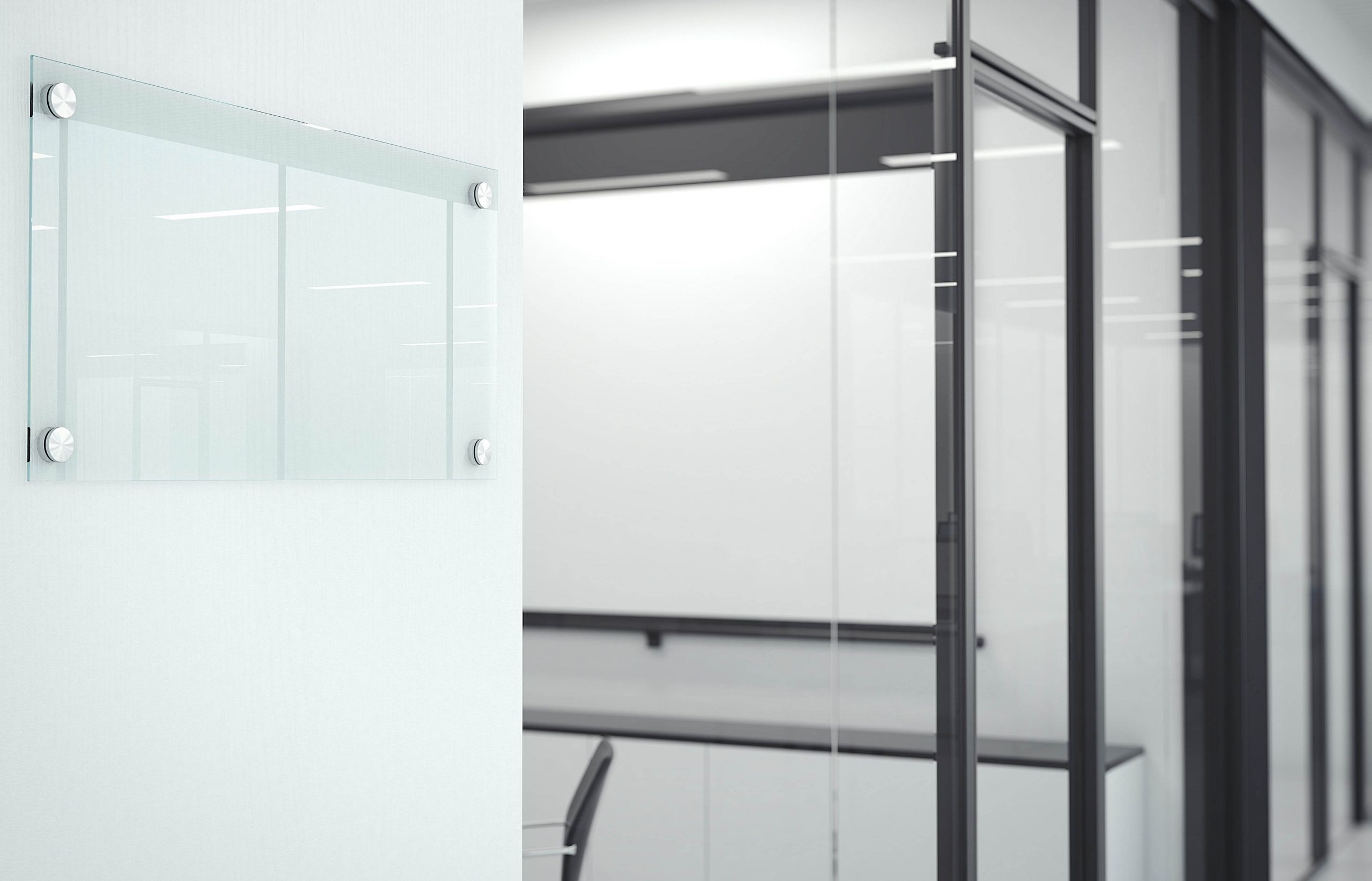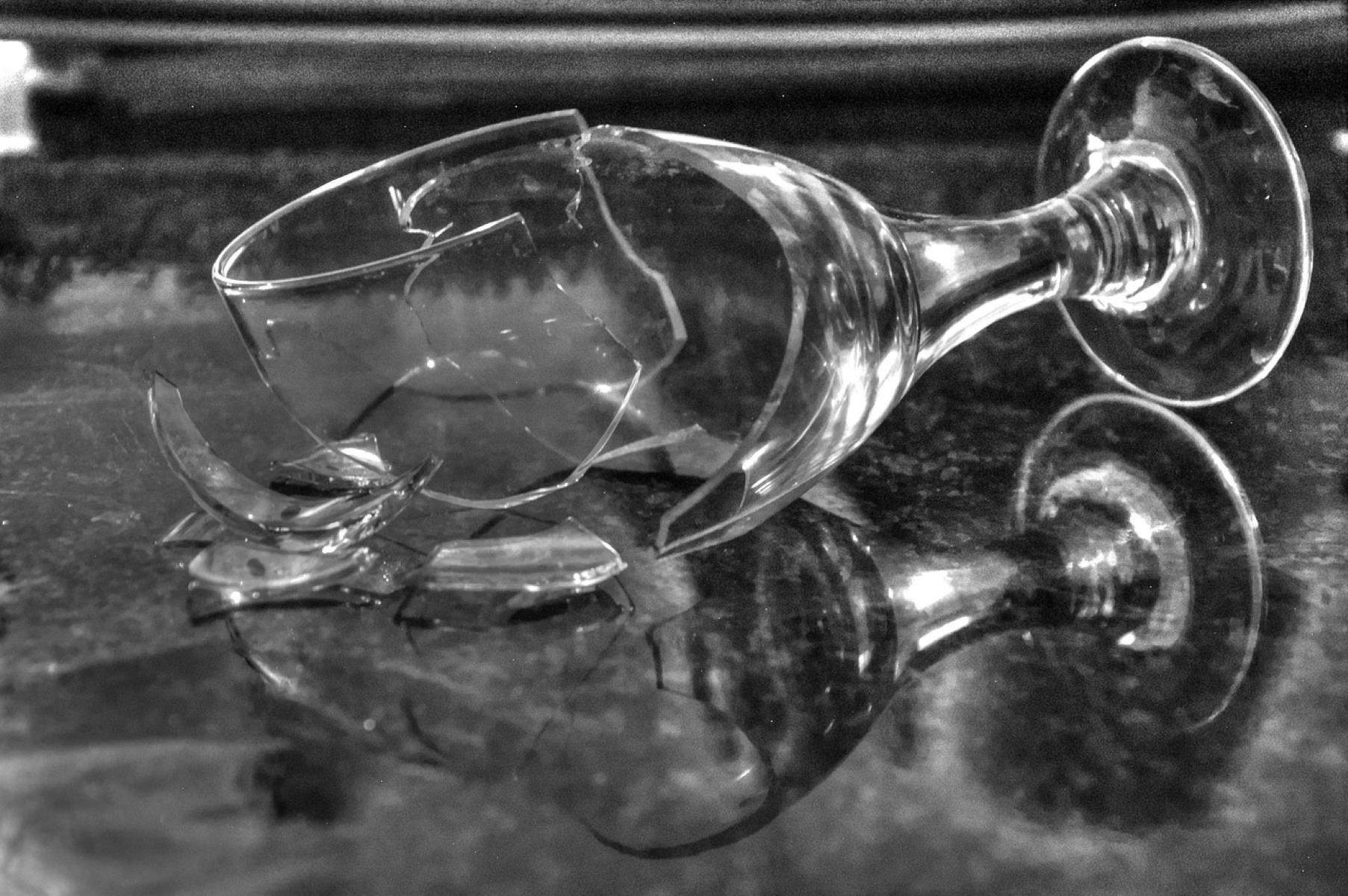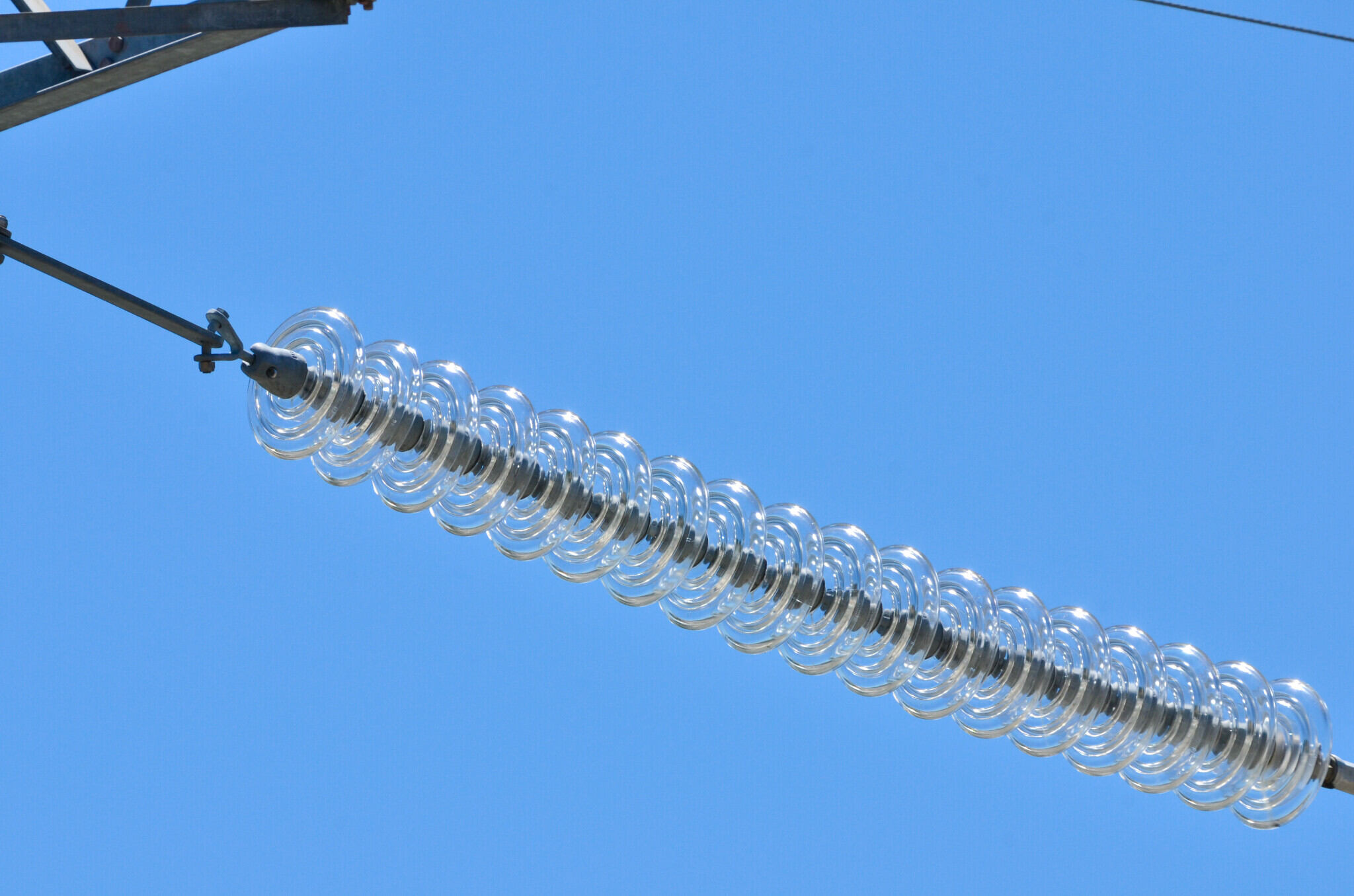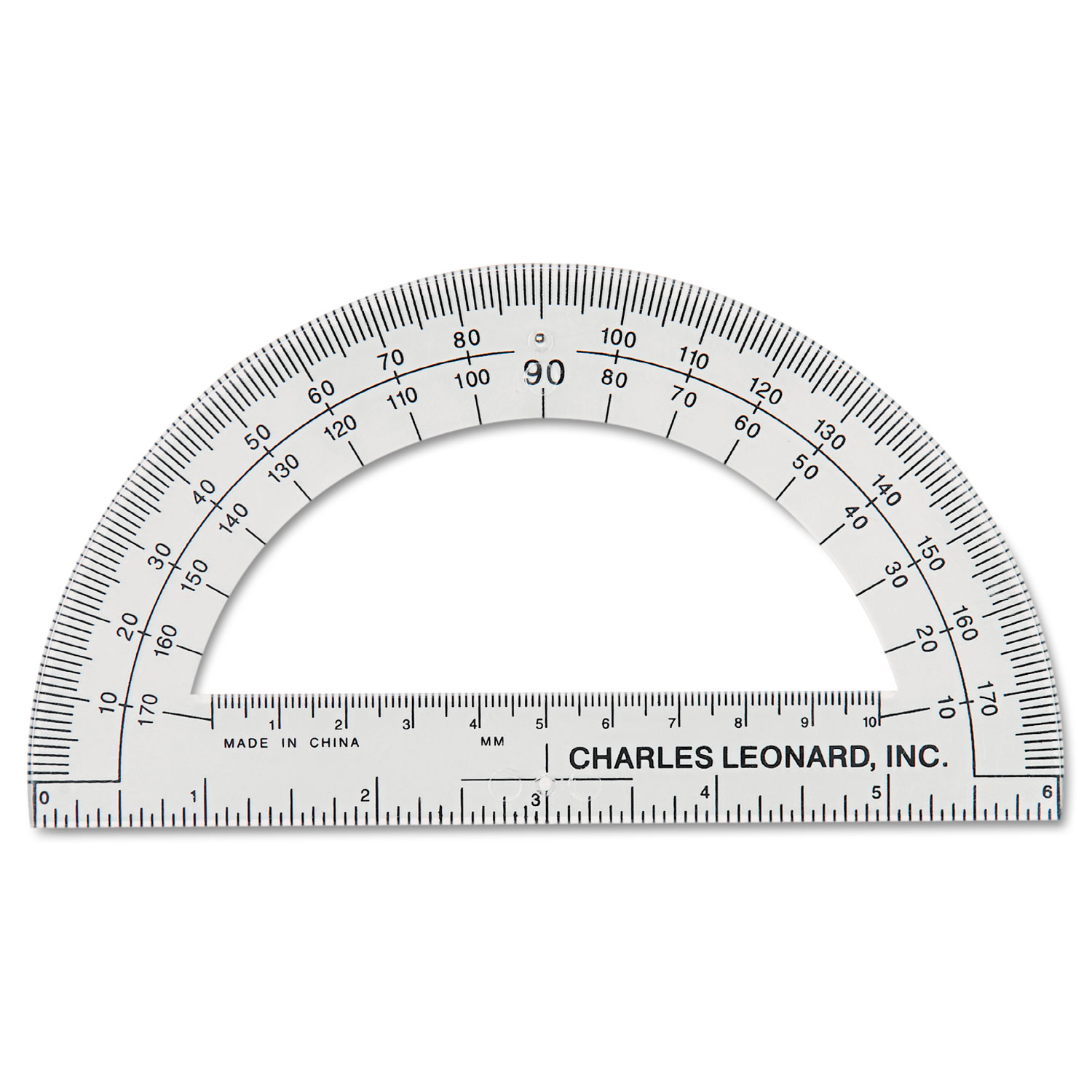Home>Furniture & Design>Interior Design Trends>Why Is Glass Clear


Interior Design Trends
Why Is Glass Clear
Modified: February 7, 2024
Discover why clear glass is a top interior design trend and how it can enhance the aesthetics of your space. Explore the benefits and versatility of incorporating clear glass into your design scheme.
(Many of the links in this article redirect to a specific reviewed product. Your purchase of these products through affiliate links helps to generate commission for Storables.com, at no extra cost. Learn more)
Introduction
Glass is a material that surrounds us in our daily lives, from the windows in our homes to the screens of our smartphones. Its transparency and versatility make it an essential component of modern architecture and design. Have you ever wondered why glass is clear? This question may seem simple, but the answer lies in the intricate composition and structure of this fascinating material.
Glass has captivated human curiosity for centuries, and its unique properties continue to intrigue scientists and designers alike. In this article, we will delve into the composition, structure, and optical characteristics of glass to unravel the mystery of its transparency. By understanding the science behind glass, we can gain a deeper appreciation for its role in shaping the world around us.
Let's embark on a journey to explore the captivating world of glass and uncover the secrets behind its clarity.
Key Takeaways:
- Glass is clear because it lacks a crystalline structure, allowing light to pass through without distortion. Its unique composition and non-crystalline nature make it versatile for art, design, and technology.
- The transmission of light through glass is made possible by its refractive index and minimal absorption, revolutionizing architectural design and enhancing human experiences. Glass’s clarity and adaptability continue to inspire creativity and innovation.
Read more: Why Can You See Someone Clearly Through A Clear Glass Window But Not Through A Frosted Glass Window?
The Composition of Glass
Glass, despite its appearance, is not a typical solid material. It is an amorphous, or non-crystalline, substance that lacks the ordered atomic structure found in crystalline materials. The composition of glass is a key factor in understanding its unique properties.
At its core, glass is primarily composed of silica, which is derived from sand. Silicon dioxide, or silica, serves as the main building block of glass, providing its fundamental structure. In addition to silica, glass formulations often include other essential components such as soda ash (sodium carbonate) and limestone (calcium carbonate). These additional ingredients play crucial roles in modifying the properties of the glass, such as its melting temperature and chemical resistance.
The process of creating glass involves melting the raw materials at high temperatures, typically exceeding 1700°C (3092°F), to form a molten liquid. This molten glass can then be shaped and cooled to create the desired products, ranging from delicate glassware to robust architectural panels.
Furthermore, the composition of glass can be tailored to achieve specific characteristics. For instance, the addition of metal oxides, such as cobalt or selenium, can impart vibrant colors to the glass, allowing for the creation of stunning stained glass windows and decorative art pieces. This ability to manipulate the composition of glass underscores its versatility as a medium for artistic expression and functional design.
In summary, the composition of glass, predominantly consisting of silica along with other carefully selected components, forms the foundation for its remarkable properties. Understanding the intricate blend of materials that constitute glass provides insight into its transparency and adaptability, paving the way for innovative applications across various industries.
The Structure of Glass
The structure of glass is a defining characteristic that sets it apart from crystalline materials. Unlike crystals, which exhibit a highly ordered and repeating atomic arrangement, glass lacks a long-range periodic structure. Instead, the atomic arrangement in glass is akin to a disordered, yet interconnected, network. This unique structure contributes to the transparency and amorphous nature of glass.
At the atomic level, the structure of glass can be visualized as a network of interconnected silicon and oxygen atoms. This network is formed through the bonding of silicon atoms with oxygen atoms, creating a three-dimensional framework. The random arrangement of these atoms gives glass its non-crystalline nature, as there is no regular pattern or symmetry in the atomic positioning.
The absence of a crystalline structure in glass results in its isotropic properties, meaning that it exhibits uniform physical and optical characteristics in all directions. This isotropy allows light to pass through glass without distortion, contributing to its transparency and clarity. In contrast, crystalline materials often exhibit anisotropic behavior, where the properties vary depending on the direction of measurement.
Furthermore, the structure of glass is characterized by its lack of long-range order, which distinguishes it from crystalline solids with well-defined repeating units. This disordered arrangement at the atomic level gives glass its unique mechanical properties, such as its ability to undergo significant deformation before fracturing, a property known as "plasticity."
The structure of glass can also be modified through various techniques, such as the introduction of network modifiers or the controlled cooling of the molten material. These modifications can influence the density, hardness, and thermal expansion of the glass, allowing for the creation of specialized glass compositions tailored to specific applications.
In summary, the structure of glass, characterized by its non-crystalline, interconnected network of silicon and oxygen atoms, underpins its remarkable properties. Understanding the structure of glass provides valuable insights into its transparency, isotropic behavior, and mechanical flexibility, laying the foundation for its diverse uses in architecture, design, and technology.
The transparency of glass is due to its molecular structure, which allows light to pass through without being scattered. This makes it appear clear to our eyes.
The Transmission of Light through Glass
The transmission of light through glass is a captivating phenomenon that showcases the optical properties of this remarkable material. When light encounters a piece of glass, it undergoes a complex interaction that ultimately results in the glass's characteristic transparency.
As light waves approach the surface of glass, they encounter a boundary between the air and the glass medium. This transition from one medium to another causes the light waves to undergo refraction, a process in which the direction of the light waves is altered as they pass through the glass. This bending of light is a fundamental aspect of how glass enables the transmission of light.
The ability of glass to transmit light is closely tied to its refractive index, which is a measure of how much the speed of light is reduced when traveling through the material. The refractive index of glass influences the degree of bending that light experiences as it enters and exits the glass, ultimately determining the clarity and optical performance of the material.
Furthermore, the transmission of light through glass is influenced by the absence of significant absorption within the visible spectrum. Unlike opaque materials that absorb and scatter light, glass allows a high percentage of visible light to pass through, contributing to its transparency. This property makes glass an ideal medium for windows, lenses, and optical components, where the efficient transmission of light is essential.
The transmission of light through glass also plays a crucial role in architectural design, as it allows natural light to illuminate interior spaces while providing a visual connection to the surrounding environment. The use of glass in modern buildings has revolutionized the concept of open, light-filled spaces, blurring the boundaries between indoor and outdoor environments.
Moreover, the transmission of light through glass is not limited to the visible spectrum. Glass can also transmit ultraviolet (UV) and infrared (IR) radiation, making it valuable for applications such as UV-blocking windows and heat-insulating glazing systems.
In summary, the transmission of light through glass is a multifaceted process that encompasses refraction, the refractive index, and the efficient transmission of visible, UV, and IR radiation. Understanding the optical behavior of glass sheds light on its widespread use in architecture, optics, and technology, highlighting its indispensable role in shaping the modern world.
The Absence of Crystalline Structure
The absence of a crystalline structure is a defining characteristic that sets glass apart from traditional crystalline materials. Unlike crystals, which exhibit a highly ordered and repeating atomic arrangement, glass lacks a long-range periodic structure. This unique feature contributes to the amorphous nature and transparency of glass, distinguishing it as a versatile and intriguing material.
At the atomic level, the structure of glass can be visualized as a network of interconnected silicon and oxygen atoms. This network is formed through the bonding of silicon atoms with oxygen atoms, creating a three-dimensional framework. The random arrangement of these atoms gives glass its non-crystalline nature, as there is no regular pattern or symmetry in the atomic positioning.
The absence of a crystalline structure in glass results in its isotropic properties, meaning that it exhibits uniform physical and optical characteristics in all directions. This isotropy allows light to pass through glass without distortion, contributing to its transparency and clarity. In contrast, crystalline materials often exhibit anisotropic behavior, where the properties vary depending on the direction of measurement.
Furthermore, the structure of glass is characterized by its lack of long-range order, which distinguishes it from crystalline solids with well-defined repeating units. This disordered arrangement at the atomic level gives glass its unique mechanical properties, such as its ability to undergo significant deformation before fracturing, a property known as "plasticity."
The absence of a crystalline structure also contributes to the ability of glass to be formed into intricate shapes and designs, as it does not have the directional constraints associated with crystalline materials. This flexibility in shaping and molding glass allows for the creation of diverse products, from delicate glass sculptures to complex architectural facades.
In summary, the absence of a crystalline structure in glass is a fundamental aspect of its unique properties, including isotropy, transparency, and plasticity. Understanding this distinctive feature provides valuable insights into the versatility and adaptability of glass as a medium for artistic expression, functional design, and technological innovation.
Read more: How To Spray Clear Coat Like Glass
Conclusion
In conclusion, the enigmatic clarity of glass is a result of its intricate composition, non-crystalline structure, and remarkable optical properties. The journey through the world of glass has unveiled the captivating interplay of silica, network modifiers, and essential components that form the foundation of this versatile material. The absence of a crystalline structure in glass, coupled with its isotropic nature, enables the efficient transmission of light, making it an indispensable element in architecture, design, and technology.
The composition of glass, predominantly consisting of silica along with carefully selected components, underscores its adaptability and potential for artistic expression. From the delicate hues of stained glass to the sleek transparency of architectural panels, the composition of glass serves as a canvas for creativity and innovation.
The non-crystalline structure of glass, characterized by its interconnected network of silicon and oxygen atoms, sets it apart from traditional crystalline materials. This unique structure grants glass its transparency, flexibility, and isotropic properties, allowing it to shape light and space in profound ways.
The transmission of light through glass, facilitated by its refractive index and minimal absorption, has revolutionized architectural design, enabling the creation of light-filled spaces that seamlessly blend with the surrounding environment. The ability of glass to transmit visible, UV, and IR radiation underscores its multifaceted role in enhancing human experiences and addressing technological needs.
In essence, the enigma of glass's clarity is a testament to the harmonious fusion of science, art, and functionality. From the ancient art of glassblowing to the cutting-edge innovations in architectural glazing, glass continues to captivate our imagination and redefine the boundaries of possibility. As we gaze through the transparent facade of a skyscraper or admire the intricate details of a glass sculpture, we are reminded of the enduring allure and timeless elegance of this extraordinary material.
In unraveling the secrets behind the clarity of glass, we gain a deeper appreciation for its role in shaping our world, both aesthetically and functionally. The journey through the composition, structure, and optical behavior of glass has illuminated the profound impact of this material on human creativity, technological advancement, and the seamless integration of indoor and outdoor environments.
As we continue to explore the frontiers of design and innovation, the enigmatic clarity of glass will undoubtedly remain a source of inspiration and wonder, inviting us to envision new possibilities and embrace the transformative power of transparency.
Frequently Asked Questions about Why Is Glass Clear
Was this page helpful?
At Storables.com, we guarantee accurate and reliable information. Our content, validated by Expert Board Contributors, is crafted following stringent Editorial Policies. We're committed to providing you with well-researched, expert-backed insights for all your informational needs.















0 thoughts on “Why Is Glass Clear”